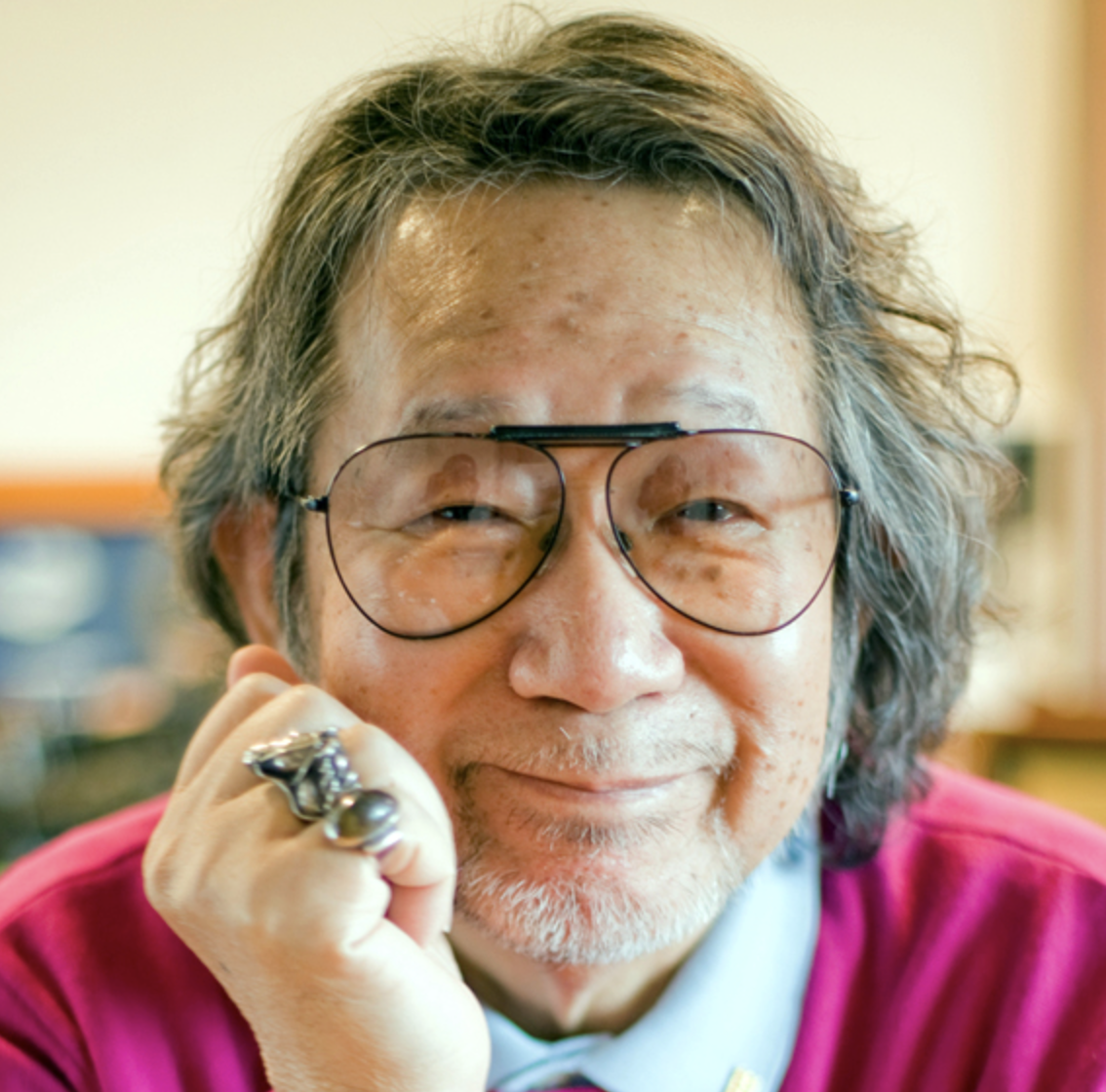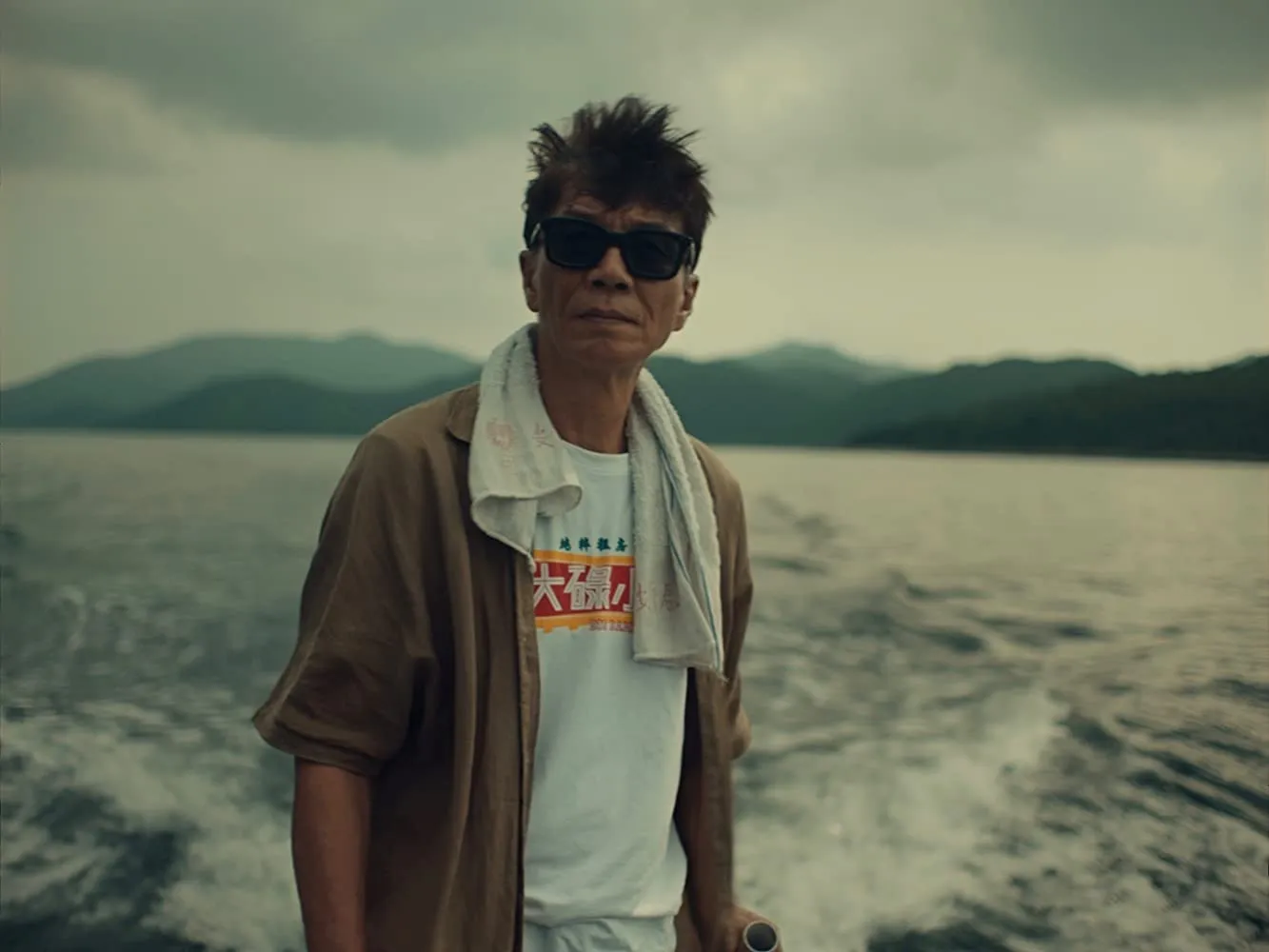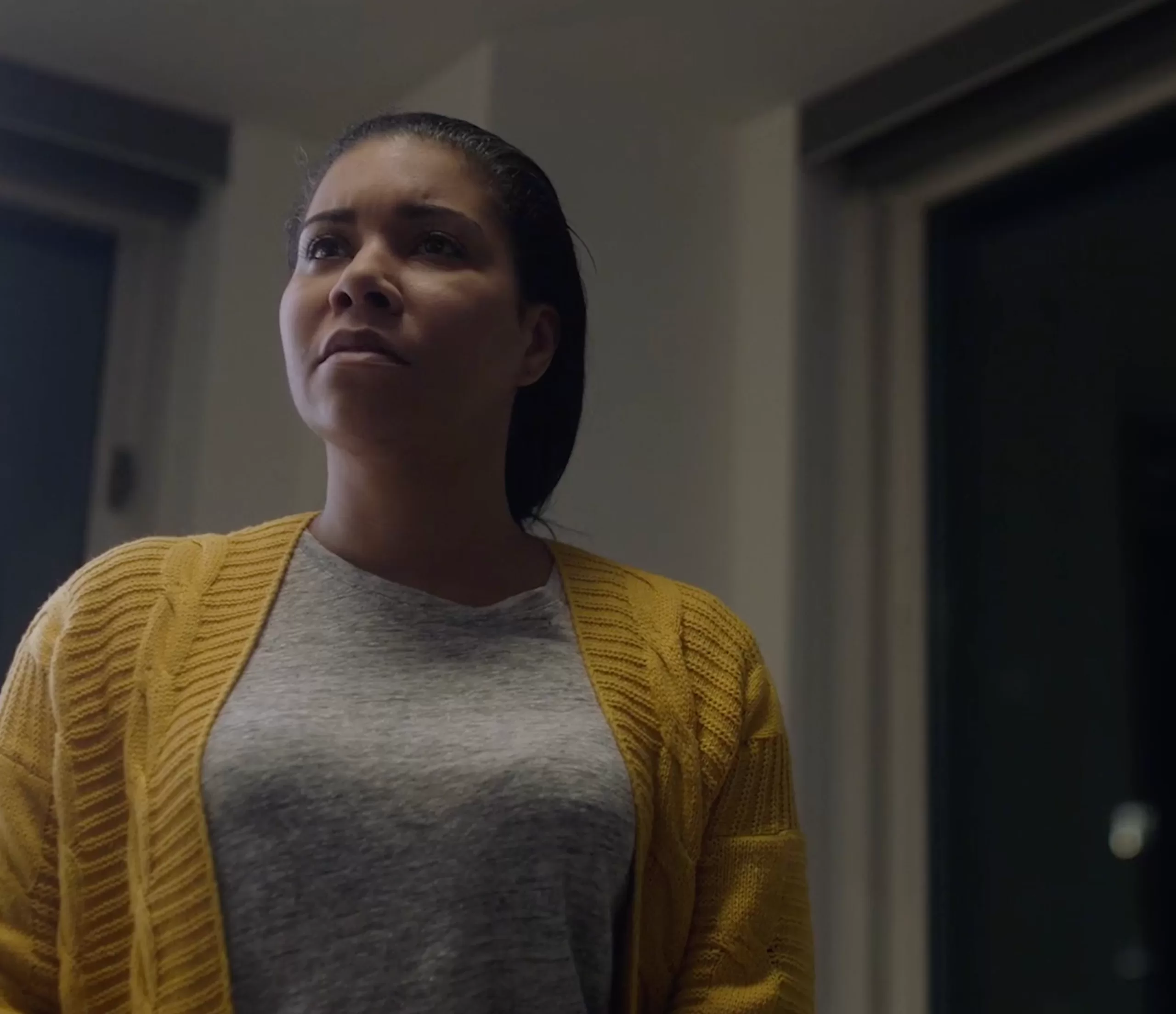THE LABYRINTH OF CINEMA, the final film from Nobuhiko Ōbayashi and a love letter to cinephiles
Experimental filmmaker Nobuhiko Ōbayashi was diagnosed with stage four lung cancer in 2016. His team of doctors feared the director had only three months to live.
Ōbayashi defied the odds (although he was very ill) and made two more films before his death (three years after his diagnosis), 2017’s “Hanagatami” and this year’s “Labyrinth of Cinema” which was completed in 2019.
In the filmmaker’s strange and profound final bow, young cinephile Mario (Atsuki Takurô), film history buff who wants to learn more about Japan’s past through its war films “Hosuke” (Hosoyamada Takahito) and a yakuza gangster wannabe Shigeru (Hosoda Yoshihiko) go to an old movie theater for its final night of programming, as the theater will be closing its doors.
For the final night the theater is offering an all-night festival of war films and the house is packed.
True to Obayashi’s filmmaking form, the blending of reality and fantasy begins almost immediately. The movie they are watching begins, brimming with technicolor beauty and visual impact, casting a trance on viewers both in the film and the audience.
Noriko (Yoshida Rei), Kazumu (Narumi Riko), and Kazuko (Yamazaki Hirona) are the women who will catch the eyes of the three men, everyone literally disappearing into the films on the screen. It is young Noriko who wants to “know more through the movies” and starts the magical journey. She is the first to enter the worlds on the screen and the men follow. Shades of Woody Allen’s classic “The Purple Rose of Cairo” are hinted at, but Obayashi’s work here is more vast and bizarre.
Noriko is a beautiful character, as she represents the loss of innocence in wartime. Her representation of this theme becomes clear as she moves through the films and dies again and again. It is her decency and purity that is destroyed (as different characters from film to film) while her eyes are opened and Nokiro gains acuity in how she learns of loss and what war can do to the soul.
Each film travels throughout Japanese history. The viewers who enter the screen interact with samurais, go to war against the Chinese, exist within a traveling theater troupe.
The film concludes in the three men’s desperate attempt to save the three actresses, as they are planning a play in Hiroshima to be performed on August 6, 1945.
Serving as a location for the film, Onomichi, Hiroshima is director Obayashi’s place of birth. The power of the war takes certainly hits home for him and enhances the dramatic impact of this film through the remembrance of that horrible legacy.
Obayashi and his co-writers Tadashi Naito and Kazuya Konaka, explore the themes of war and of war films. They examine (and sometimes attack and/or parody) the sanitized presentation of many Hollywood war epics and the use of “heroic” war films as propaganda. The intent is to deconstruct the myths of war as it is seen through the lens.
As the young men take the fantastical flight into the silver screen, they become characters in the films, each one learning and being permanently affected by what they experience. War is not adventurous. War is hell and these three men discover how it can change the soul of a man and the tide of the world.
While the men and women become a part of the films at the theater, a strange historical narration comes from the character Fanta G (Takahashi Yukihiro). Fanta is a time traveler who teaches about the importance and humanistic pleasures of the cinema. Dressed in shorts, a long white shirt, sunglasses, and a cap (the uniform for the pretentious film fan), he arrives on a spaceship filled with giant koi to see the final feature of the night. Fanta’s words speak to cinephiles from all over the world. Through this character, Obayashi professes his love of the art form to the masses.
Like most of the director’s other films (especially his outlandishly strange 1977 curio “House”), the visual style is aggressive. Hisaki Sanbongi edited alongside Obayashi and their work does not let the audience relax. To the positive, the mixture of visual pallets (overlapping images, almost obscured subtitles, purposely phony-looking green screen, silly animation) and askew editing achieves the filmmaker’s goal.
Obayashi wants us to know this is a motion picture and he uses artful cleverness to make his three-hour goodbye to filmmaking as cinematic as possible. As Sanbongi was also the cinematographer, the film is truly a treat for the cinematic eye. Visual subtlety is not the director’s intent. The film uses its unrealistic design to force viewers to go past the imagery and deep into their own imaginations, achieving a sharper focus to get to the truth of the piece.
While his style is relentlessly discombobulating and may leave the uninitiated ultra-perplexed, Obayashi’s final message of peace and anti-war comes through strongly.
Within “Labyrinth of Cinema” lies the redemptive power of film and the effects of war on the human condition blended into a message of peace. A beautiful farewell from one of cinema’s most immensely original visual filmmakers.
news via inbox
Nulla turp dis cursus. Integer liberos euismod pretium faucibua



